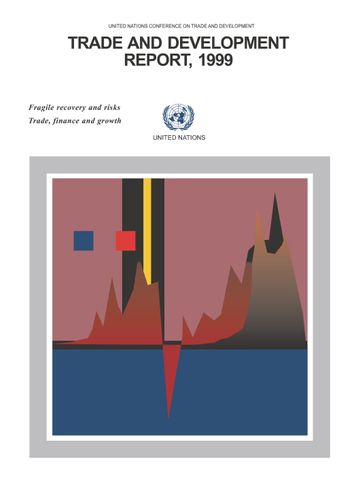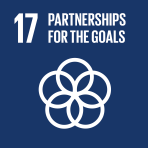Capital flows to developing countries

- Author: United Nations Conference on Trade and Development
- Main Title: Trade and Development Report 1999 , pp 99-125
- Publication Date: December 1999
- DOI: https://doi.org/10.18356/352f52cc-en
- Language: English
The size, composition and geographical distribution of external capital flows to developing countries have undergone fundamental shifts during the past three decades. Until the early 1970s the most important sources of external financing for developing countries were official loans and aid, the provision of which was based on the recognition that developing countries suffered from resource gaps resulting from their low levels of income and savings and that their ability to fill these gaps through commercial borrowing at market terms was severely limited. Official development assistance (ODA) continued to expand rapidly in the 1970s thanks, in part, to cold war politics. Simultaneously, however, there was also a rapid expansion of private financial flows, primarily in the form of syndicated credits from banks in industrial countries, which served to recycle the surpluses of major oil exporters. This expansion was greatly facilitated by the liberalization of capital markets following the demise of the Bretton Woods system.
-
From This Site
/content/books/9789210603027s006-c003dcterms_title,dcterms_subject,pub_keyword-contentType:Journal -contentType:Contributor -contentType:Concept -contentType:Institution105


